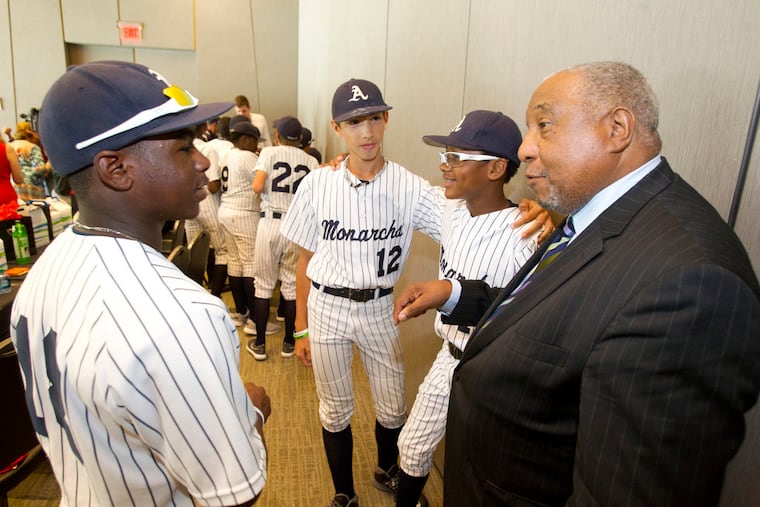One-time Philadelphia man was John Lewis’ college roommate in Nashville
Lewis “was a leader,” Bernard Lafayette Jr. said. “He was president of his class, he was president of the student body. He was always interested in leadership. He got me involved in the movement.”

Bernard Lafayette Jr., a co-founder of the Student Nonviolent Coordinating Committee, the college student-led civil rights organization that organized sit-ins and Freedom Rides to protest segregation in America, once lived in Philadelphia.
For about three years, from fourth to sixth grades, he lived on Parrish Street, not far from Broad.
But his interest in the 1960s civil rights struggles began when he became college roommates with U.S. Rep. John Lewis, who died Friday, at age 80.
After completing high school in Florida, Lafayette enrolled at the American Baptist Theological Seminary in Nashville, Tenn.
Lewis, from Troy, Ala., was his roommate for two years.
“He was a leader,” Lafayette said. “He was president of his class, he was president of the student body. He was always interested in leadership. He got me involved in the movement.”
» READ MORE: Philly remembers John Lewis, congressman and civil rights icon
“His study of theology and the ministry influenced him,” to pursue nonviolence as a way to strategize, Lafayette said of Lewis by telephone from his home in Tuskegee, Ala.
Lafayette and Lewis studied nonviolent tactics with other college students in the Nashville Student Movement, including their friends Diane Nash, a student at Fisk University and fellow American Baptist Theological student James Bevel.
Lafayette said he and Lewis were not out late attending parties:
“We would be up talking about the problems related to segregation.”
Lafayette spoke with Lewis just a week before his death.
But Lafayette said he was a bit disappointed because Lewis didn’t really talk that much; he was weak and he acknowledged his health struggles.
“I think he just wanted to hear my voice,” he said.
» READ MORE: John Lewis, in his own words, during visits to Philadelphia
Lafayette went to Selma, Ala., at age 22 to work as director of the nonviolent coordinating committtee’s Alabama voter registration project in 1963.
But he wasn’t in Selma when Lewis led the 1965 voting rights march known as “Bloody Sunday.” Lafayette had been assigned to organize young people in Chicago. Lafayette wrote about his years as an activist in his 2016 book, In Peace and Freedom: My Journey in Selma.
In Selma, he worked with Amelia Boynton Robinson, who, with her husband, Samuel Boynton, had formed the Dallas County Voters League, to push for Black people’s right to vote in the 1930s.
In the much-photographed images of Lewis walking beside former President Barack Obama in March 2015 at the 50th anniversary commemorating Bloody Sunday, it is Boynton Robinson in blue in a wheelchair on Obama’s other side. She, too, was badly beaten by Alabama state troopers in 1965.
Later, in May 2015, Lafayette and Boynton Robinson visited Philadelphia to speak at the Germantown Friends Meeting.